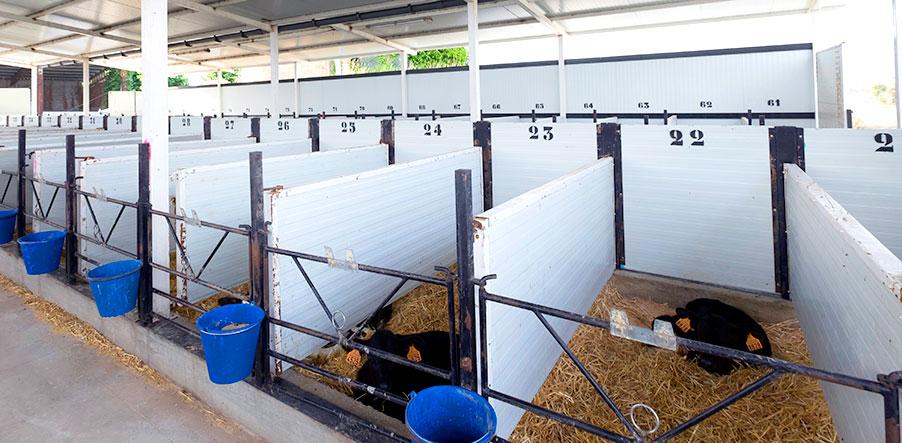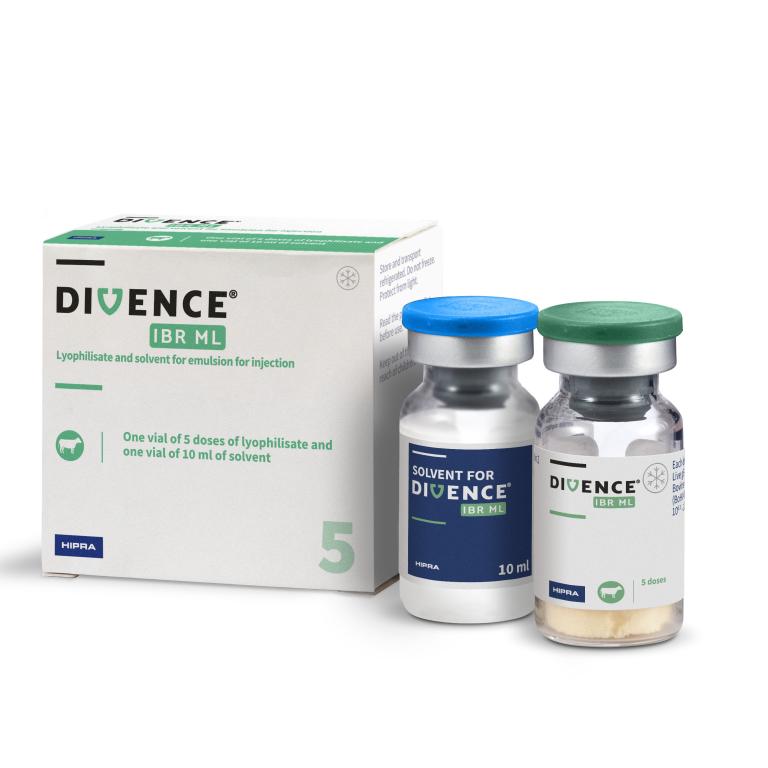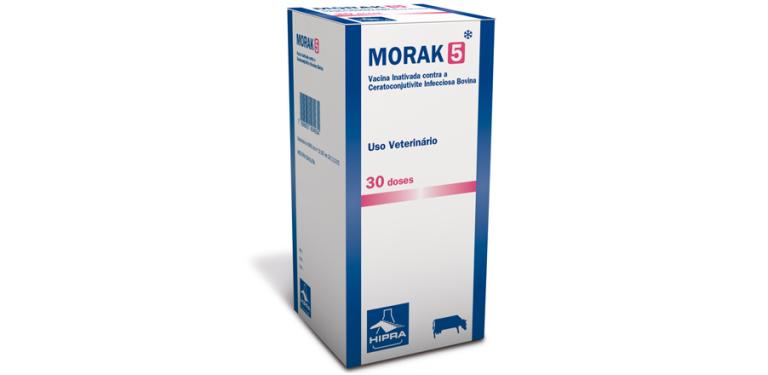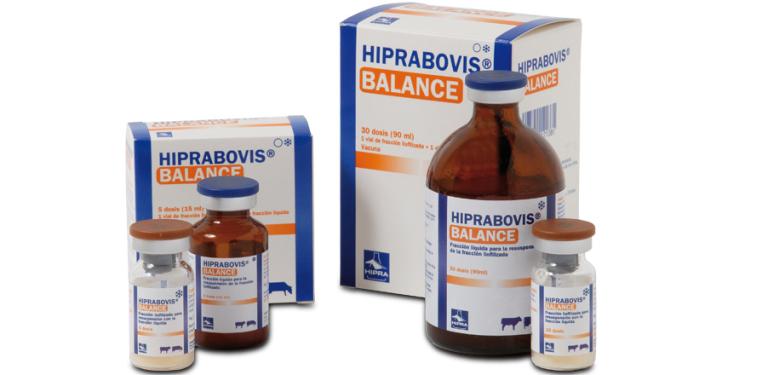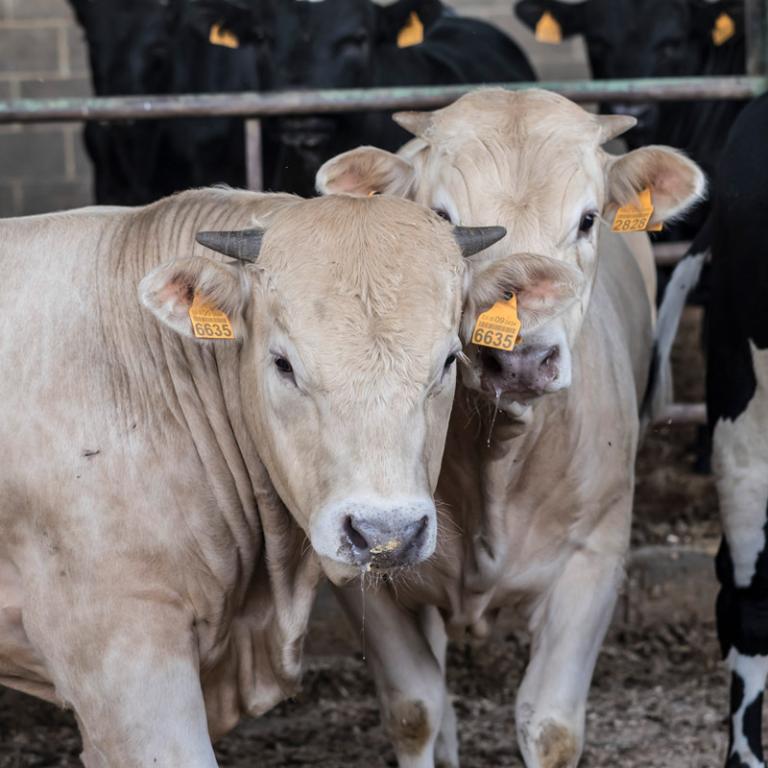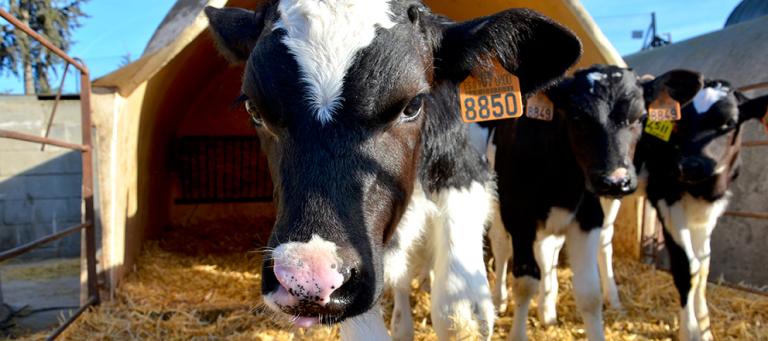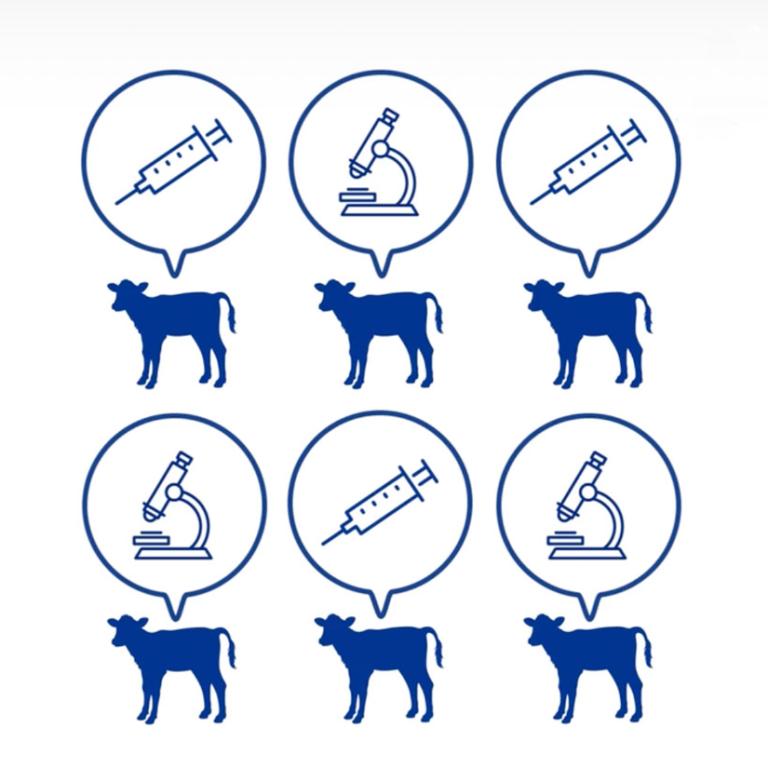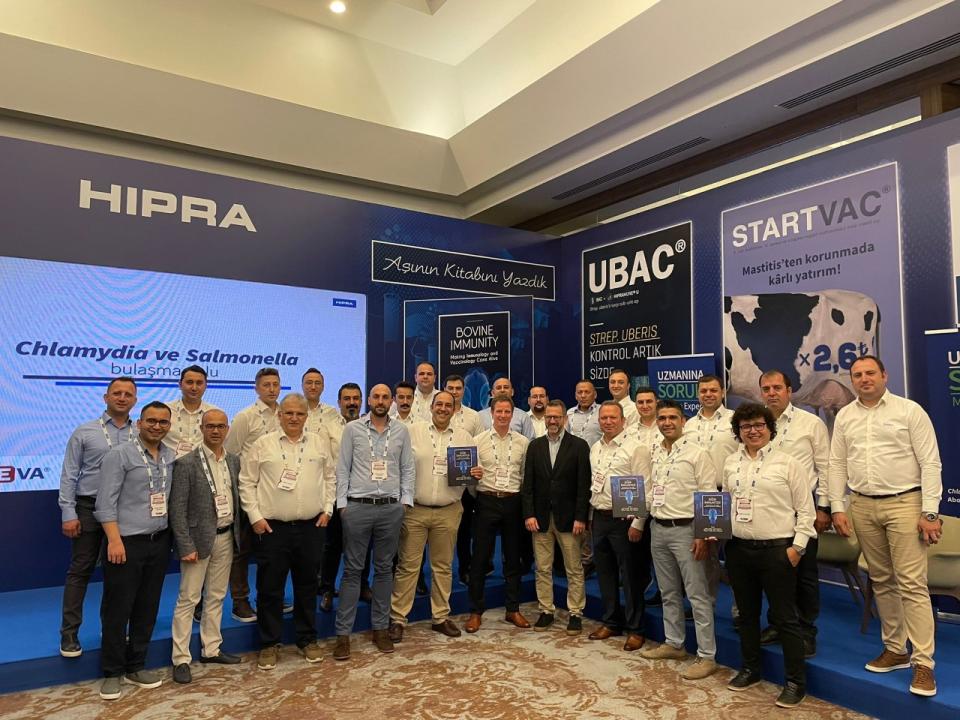Objectives:
- To protect operations against the likelihood of disease entering into and spreading through their cattle population and being passed to other livestock operations.
- To minimise the incidence and spread of microorganisms of public health significance.
- Additionally, management practices employed will vary from site to site. Thus it is important that a risk assessment be conducted for each enterprise to establish the level of risk that exists in each phase of its operations and to identify and implement control measures appropriate to these risks.
In any animal facility, biosecurity measures rely on 5 stages:
1) BIO-EXCLUSION
Limiting the risk of introduction
a. Buying in animals:
Avoid buying in animals (closed farm). If animals are bought:
- Purchase with biosecurity component/disease free status.
- Arrival inspection (disease).
- Disease records for arrival animals.
- Track & trace.
- Quarantine no less than one week.

